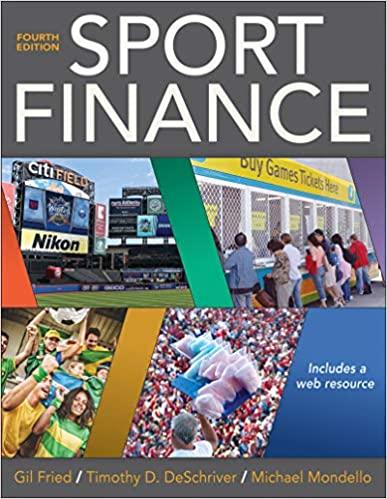Question
Question 4 (this question has three parts a), b) and c) (24 marks) Part a. While arranging capital for their business some managers follow the
Question 4 (this question has three parts a), b) and c) (24 marks)
Part a.
- While arranging capital for their business some managers follow the pecking order theory, can you explain what pecking order theory is and why managers choose such a theory to raise capital?
- Calculate the rate of return available to shareholders for a company financing $1 million of assets with the following three arrangements:
- All equity
- 50% equity, and 50% debt at an interest rate of 12% per annum.
- 25% equity, and 74% debt at an interest rate of 12% per annum.
The assets are expected to generate earnings before interest of $150,000 per annum in perpetuity.
(5+3=8 marks)
Part b.
What are the potential advantages and disadvantages to a companys shareholders if the company increases the proportion of debt in its capital structure?
(6 marks)
Part c.
- From the below figures of Collingwood Public Limited, calculate Weighted Average Cost of Capital (WACC) and annual cashflows required by its capital providers.
| Interest rate, kd | 0.10 |
| Statutory company tax rate, tc | 0.30 |
| Proportion of tc claimed by shareholders, | 0.60 |
| Market value of debt, D | $20 000 000 |
| Cost of equity capital, ke | 0.20 |
| Market value of equity, E | $20 000 000 |
- What are the main difficulties in calculating cost of capital for diversified companies?
Step by Step Solution
There are 3 Steps involved in it
Step: 1

Get Instant Access to Expert-Tailored Solutions
See step-by-step solutions with expert insights and AI powered tools for academic success
Step: 2

Step: 3

Ace Your Homework with AI
Get the answers you need in no time with our AI-driven, step-by-step assistance
Get Started


